A brilliant culture once controlled almost the entire peninsula we now call Italy. This was the Etruscan civilization.
c. 800–500 B.C.E.
A brilliant culture once controlled almost the entire peninsula we now call Italy. This was the Etruscan civilization.
c. 800–500 B.C.E.
What is Etruscan art?
We're adding new content all the time!
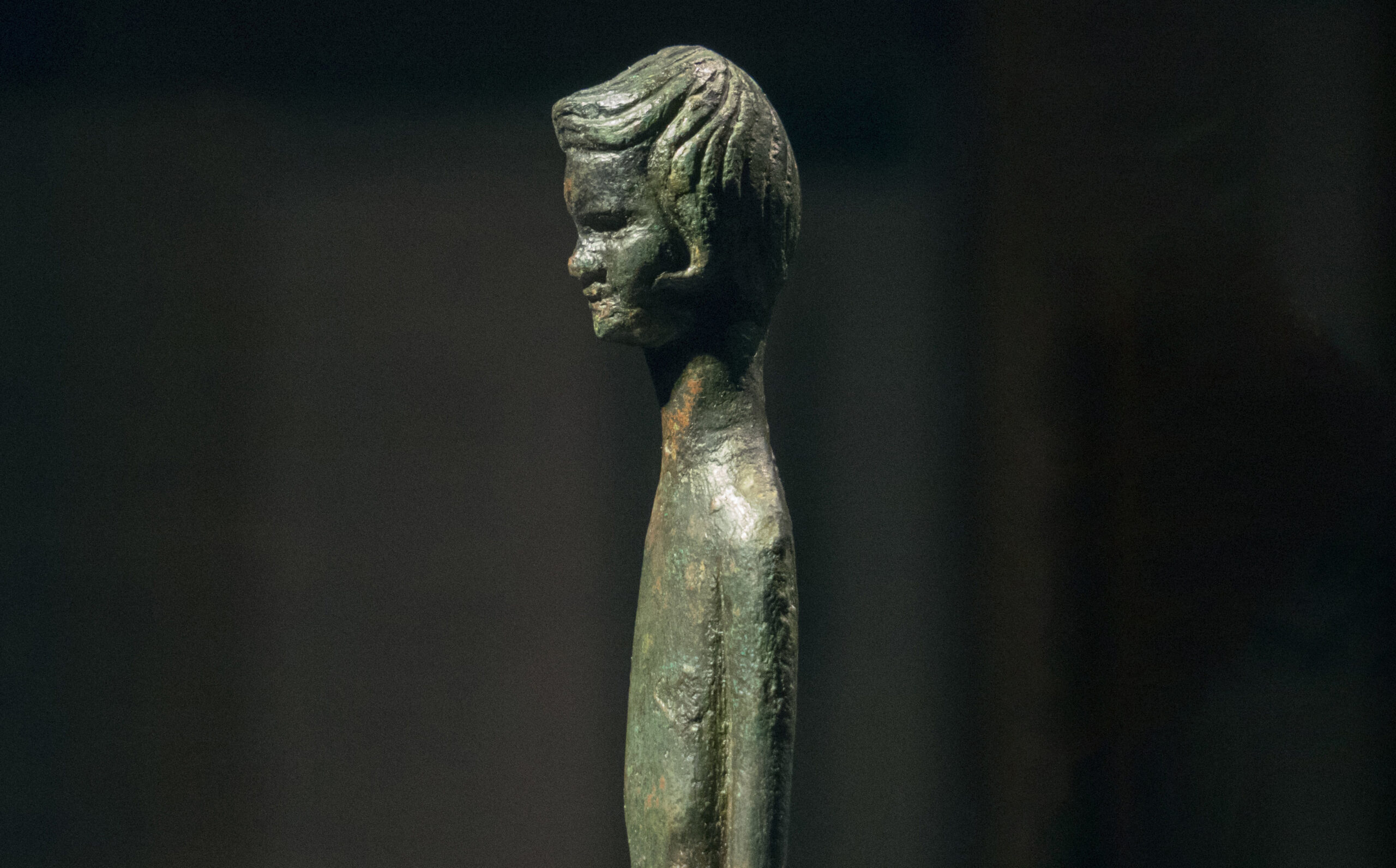
It may be a surprise to learn that this playfully elongated form is not a modern sculpture—it's an ancient Etruscan votive object.
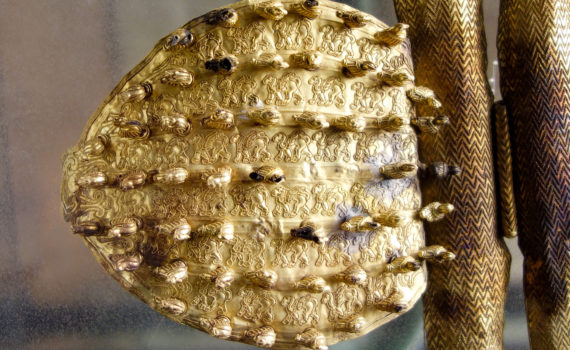
The assemblage of objects in the Regolini-Galassi tomb represents a broad geographic range and an aesthetic that indicates the influence of the ancient Near East.
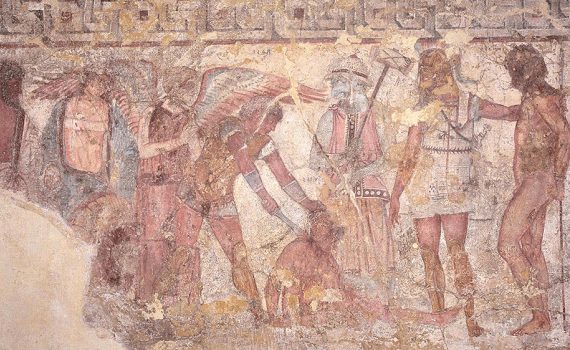
The François Tomb is chock-full of elaborate frescoes with complicated messages we may never fully understand.
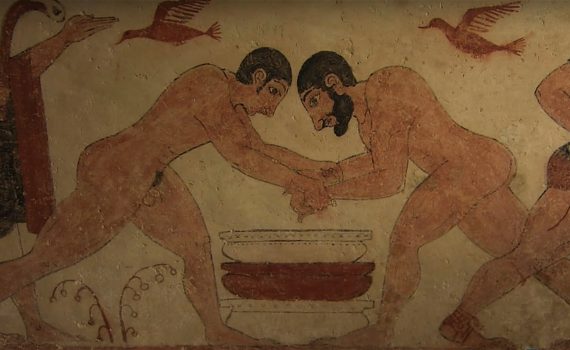
Doors to the afterlife, Etruscan tombs were happily decorated. But as war increased, that began to change.
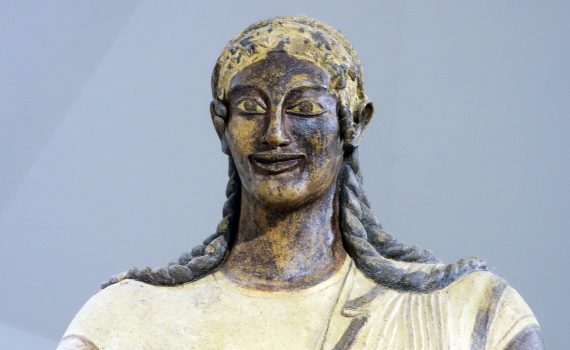
Confronting Hercules in the middle of his labors, this clay statue of Apollo strides forward.
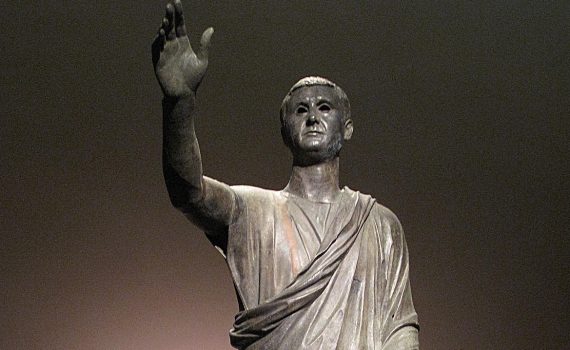
An Etruscan in Roman clothing, this figure is a masterwork—made as Etruscan culture was slipping away.
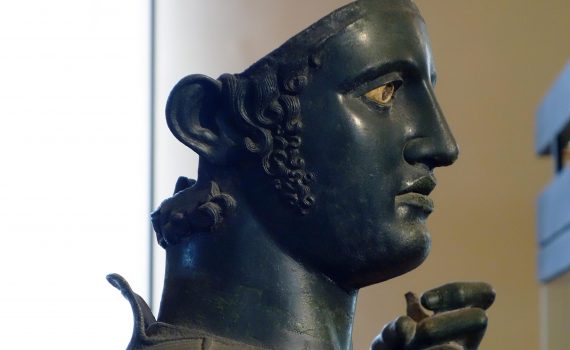
Lighting struck this statue dedicated to the Etruscan god of war, marking it as a particularly sacred object.
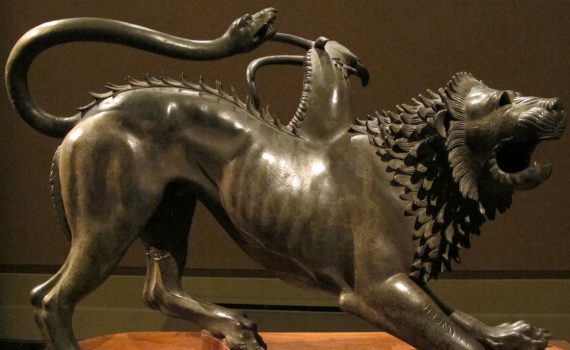
A vicious mythic beast, the Chimera is a terrifying mix of animals—that even attacks itself.
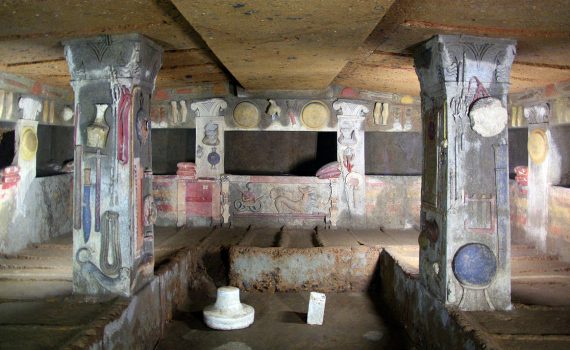
All signs point to a party: cushions, drinking equipment, and armor hung on the wall … but a party in a tomb?
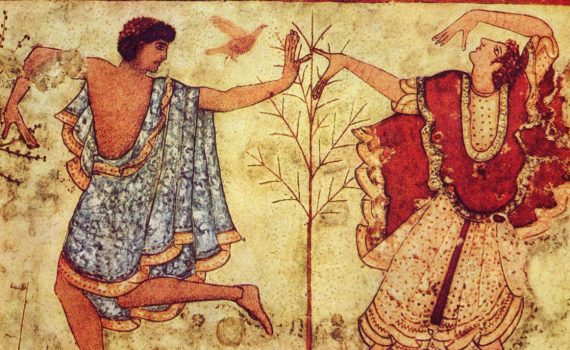
Etruscan funerals were a celebration, where the living could share a final meal with the deceased.
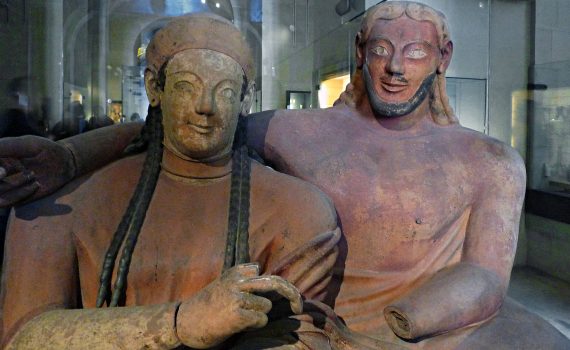
Women in Etruscan society were far more active in public life than their Greek and Roman neighbors.
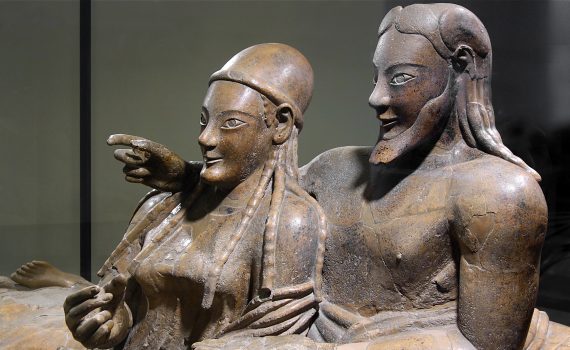
The intimacy of this clay sculpture is unprecedented in the ancient world. What can it tell us about Etruscan culture?